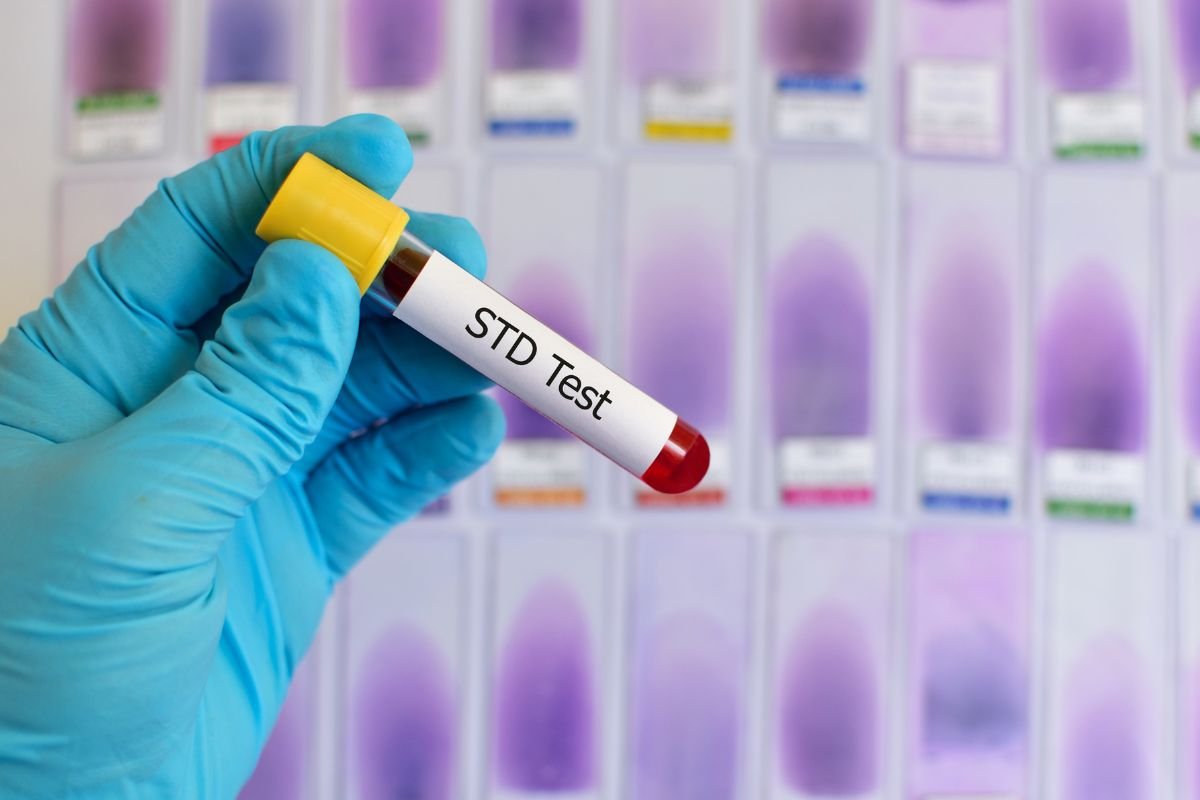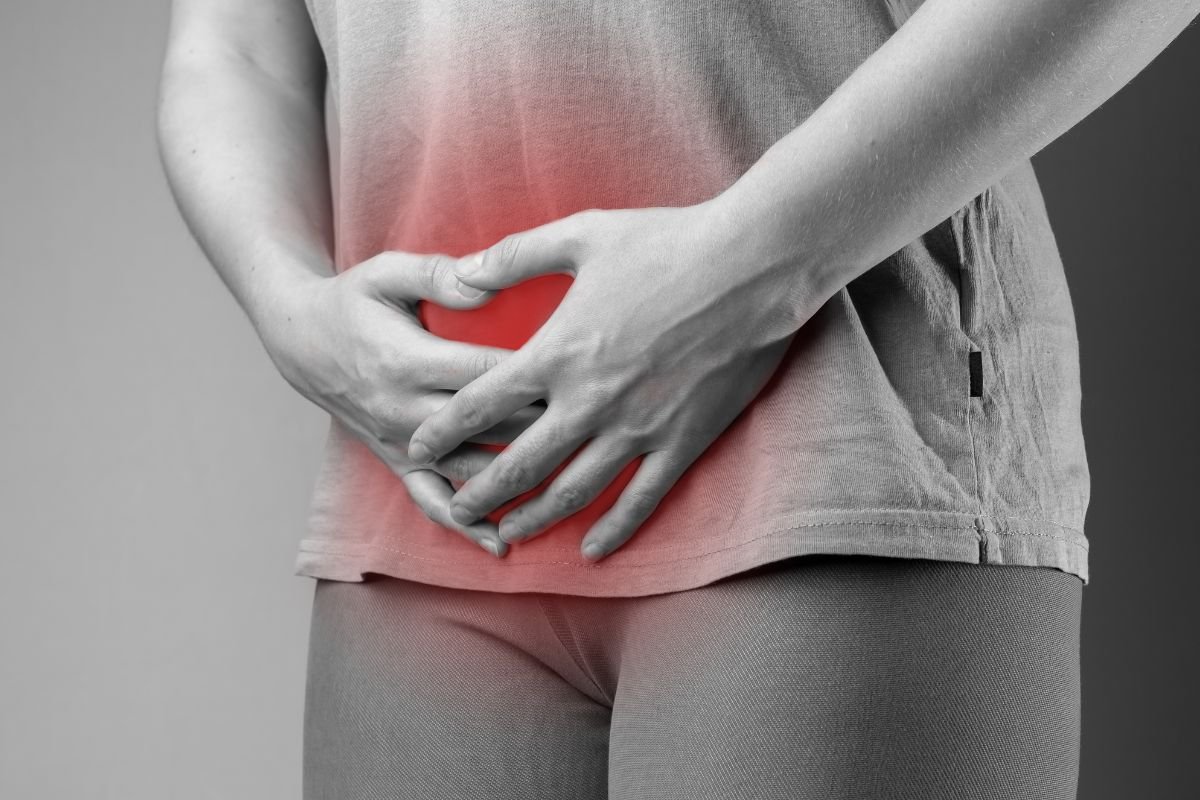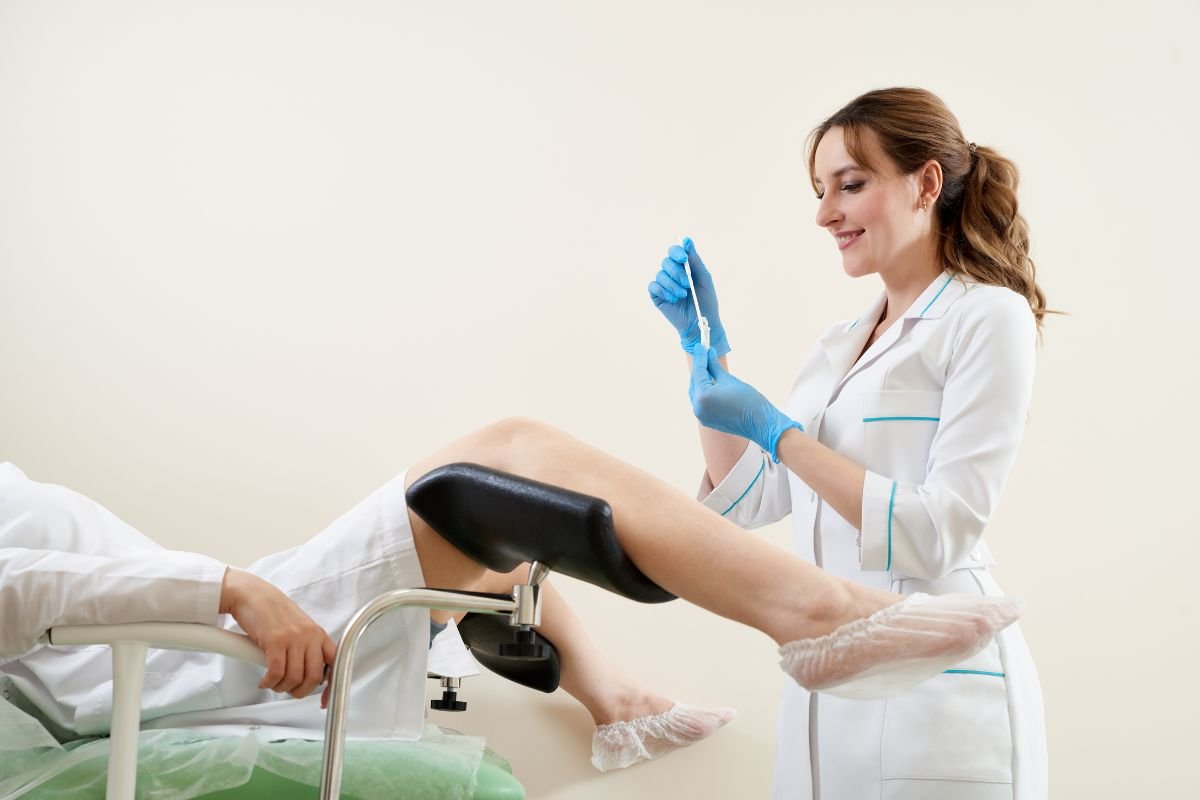If you’ve been noticing any painful and unpleasant symptoms relating to your genitalia, it’s hard to know whether you have an STD or yeast infection.
These two conditions have similar symptoms, such as a burning feeling during urination or thick discharge.

To help you determine which of these conditions you are suffering from, this guide will teach you to tell the difference between yeast infections and STDs.
What Is A Yeast Infection?
Naturally, yeast is found in the body. Yeast infections occur due to the presence of a fungus called candida. Yeast infections are a common health problem that most women experience at least once.
While this condition can be stressful, it’s not necessarily a serious health condition. The good news is that these yeast infections can be treated through medication.
The symptoms of this health condition include:
- Irritation around the vagina.
- An itchy vagina and vulva.
- Thick discharge that tends to be white.
- Vaginal soreness
- Vaginal rash.
If you’ve been experiencing these symptoms, it’s best to contact your doctor for medical advice. There are lots of different treatments, including creams and ointments. Many of these treatments are available over the counter.
What Is STD?
STD stands for “sexually transmitted diseases.” They are also known as STIs, meaning “sexually transmitted diseases.” As the name suggests, these diseases are spread from one person to another, namely through sex.
STDs are remarkably similar. Some people who suffer from STDs don’t experience symptoms. However, possible symptoms can include:
- A painful feeling when you urinate.
- Lumps or warts around genitals or your rectum.
- Vaginal discharge.
- Testicular pain.
- Vaginal bleeding.
- Abdominal pain or pain during sex.
There are lots of different forms of these diseases, such as herpes, chlamydia, Gonorrhea, AIDS, and genital herpes (Also check out Yeast Infection Vs Herpes). The exact symptoms that you will experience will differ depending on what STD you have
If you believe that you have any of these conditions, you should refrain from engaging in further sexual activities. Not to mention, you should consult a medical professional for help.
Yeast Infection Vs STD: The Key Differences
It can be confusing to tell the difference between STDs and yeast infections, as they have similar symptoms (Find out Which STD Feels Like A Yeast Infection?). Here are some of the key differences:
The Cause
As mentioned, yeast infections are caused by the overabundance of a certain fungus in your body. Technically, yeast infections can be spread through sex.
It can be spread through oral, anal, or vaginal sex. Male partners will have a low chance of developing a rash if they have sex with someone who suffers from a yeast infection.
Many people assume that yeast infections are classified as sexually transmitted diseases since they have comparable symptoms. But the truth is that a yeast infection is not an STD.
STDs are caused by viruses and bacteria that spread through sexual contact. Thus, they have slightly different causes, though they can both be passed via sex.

Bleeding
While the symptoms between STDs and yeast infections are comparable, a key difference is that yeast infections won’t cause bleeding. On the other hand, bleeding is a key symptom of STDs.
So if you have been experiencing abnormal bleeding from your genitals, the chances are that you are suffering from an STD.
Discharge
Both conditions will cause unusual discharge from the genitalia. However, the color and the texture of this discharge will vary reliant on whether you have an STD or yeast infection.
When it comes to yeast infections, the discharge is typically white and thick. Many people have compared this discharge to cottage cheese thanks to its gue and texture.
On the other hand, the discharge that you will experience when you have an STD can vary in color. Namely, the color can be white, yellow, or green.
This discharge may be accompanied by a distinctively unpleasant scent. Therefore, you could distinguish between these conditions based on the color of this discharge.
Pain
Finally, the type of pain that you experience can aid you in differentiating between these conditions. You may also experience pain when you urinate or participate in sex.
When it comes to yeast infections, you will primarily feel discomfort and itching around the area that’s affected. However, you likely won’t experience pain elsewhere.
Yet, you can experience more widespread pain when you have an STD. For instance, if you have been afflicted with genital herpes, you could notice flu-like symptoms that cause pain throughout the body. This includes headaches.
What Else Could Be Causing Symptoms?
If you aren’t convinced that you have either an STD or yeast infection, there are a few other conditions that could be responsible for your symptoms. Namely, you could have one of the following health conditions:
- Contact dermatitis: if you have dermatitis, you may feel a burning sensation around the skin. This is usually caused by allergens or irritants.
- Psoriasis or eczema: both of these skin conditions can affect the area around the vagina.
- Bacterial vaginosis: bacterial vaginosis occurs when there is too much of a specific bacteria in the vagina, causing an imbalance.
- Hemorrhoids: these swollen veins will cause itchy lumps to appear around the rectum.
Frequently Asked Questions
How Can You Rule Out STDs?
If you are trying to get to the bottom of your health problem and want to rule out an STD, the best method is to conduct a test. These tests will require a sample. This can be in the form of blood, urine, a swab of the urethra, or fluid samples.
These tests are often provided by a medical professional, such as a doctor or an employee at an STD clinic. Alternatively, some drug stores provide these tests.
Are STDs Curable?
Some STDs are curable, while others are not. Namely, gonorrhea, chlamydia, syphilis, and trichomoniasis are curable. Of course, you should still avoid these STDs. Meanwhile, other diseases are not currently curable.
Final Thoughts
Experiencing unpleasant symptoms related to STDs and yeast infections can be painful. Hopefully, this guide has helped you to differentiate between these two health problems.
However, if you are unsure, it’s best to book an appointment with your doctor. They can not only diagnose your issue but also provide treatment.
- Yeast Infection Vs Herpes - January 26, 2023
- How Long To Wait For Sex After Yeast Infection Treatment - January 26, 2023
- Yeast Infection Vs STD - January 26, 2023










